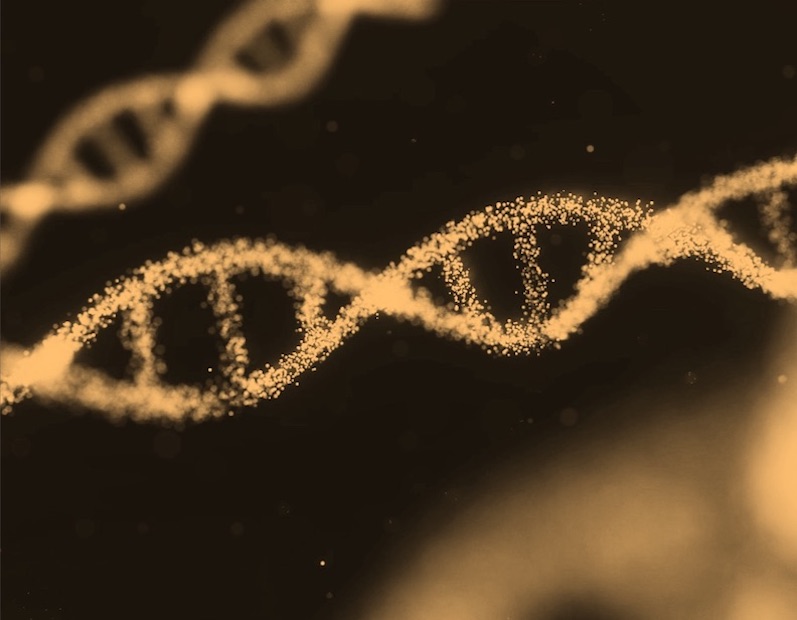What is it about?
This chapter explains the way in which Mitchell, drawing on the original works of Sigmund Freud on hysteria, develops a theory of male hysteria, and an explanation for why the theory dropped out of sight soon after the First World War.
Featured Image
Why is it important?
Mitchell's theory of male hysteria lays the groundwork for her revolutionary theory of the' lateral axis' of psychic development. This is the theory that sibling rivalry and the effects of the arrival of a new sibling have an important structuring effect on the human mind, of similar importance to the effect of the 'vertical axis' of the mother and father. Mitchell creatively uses this theory to give new insight into the origins of sexual violence in war, and of persistent misogyny and gender based violence in society.
Perspectives
Mitchell's theory of male hysteria, and of the effects of siblings upon the structuring of the human mind, provides a fresh insight into persistent gender based violence. As such it opens new ways of thinking about how to understand and reduce such violence in society. This chapter seeks to set out, with the benefit of hindsight and subsequent developments in Mitchell's thinking, the path of the development of this theory, in a way which is accessible to those who are not expert in Freudian theory.
Dr Susan H Walker
Anglia Ruskin University
Read the Original
This page is a summary of: The Etiology of Hysteria in Mitchellâs Mad Men and Medusas, Nature,
DOI: 10.1057/9781137367792.0003.
You can read the full text:
Resources
Contributors
The following have contributed to this page







